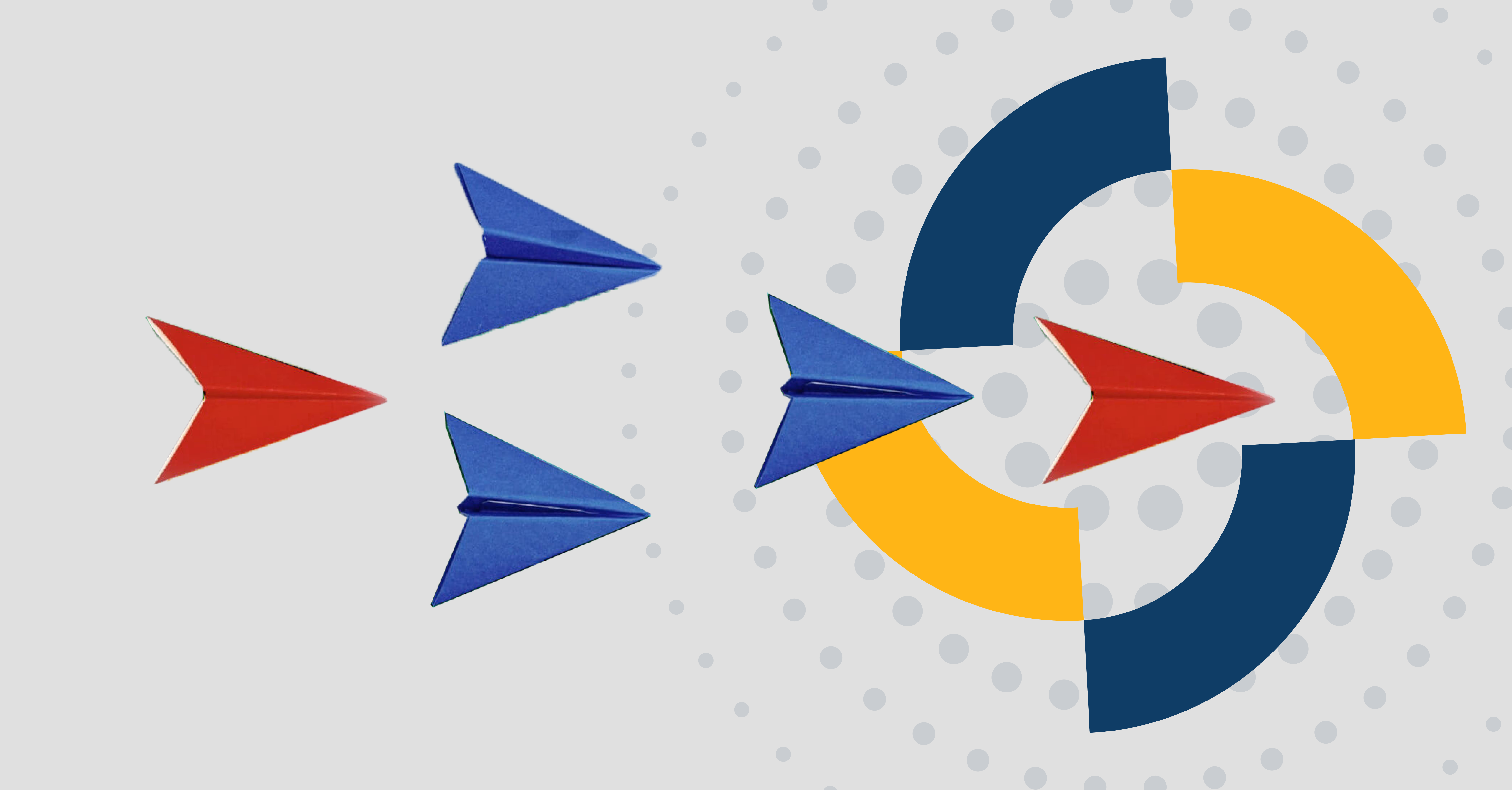- 1. Introduction
- 2. What is a Quality Management System (QMS)?
- 3. What is Quality System Management and its role?
- 4. Role of documentation and records in QMS
- 5. Management of non-conformities and quality actions
- 6. Treatment of risks and opportunities related to quality management
- 7. Customer satisfaction & QMS
- 8. Conclusion
Introduction
Quality is of utmost importance to organizations in today's competitive and digitalized era. Customers expect top-notch and consistent quality from products/services, while organizations themselves want to ensure consistent internal quality processes. To tackle this, the quality management system (QMS) plays a significant role.
QMS provides organizations with a documented framework to ensure quality system measurement and deliver high-quality products/services to customers. Therefore, this guide is going to cover every basics of the quality management system (QMS) you need to know. So, let's jump right to it!
What is a Quality Management System (QMS)?
A quality management system (QMS) is a system that documents the procedures, policies, and controls that an organization must follow to create high-quality products/services. Consider it as a formalized system that documents and directs all the organization's activities to fulfill customer and regulatory requirements. Furthermore, it helps the organization to improve its efficiency and effectiveness on a continuous basis.
Objectives and benefits of implementing QMS
Quality management system (QMS) is not just meant for enterprises; it is equally important for organizations of all sizes. The main objectives of QMS include:
- Standardize quality checks
- Deliver consistent quality products/services to customers
- Establish compliance with regulatory authorities
- Performance measurement and improvement
- Streamline internal audits
- Improve processes and quality
Simply put, the core objective of a quality management system is to measure the accuracy and compliance of every process/activity with established standards and drive improvements and growth.
Once an organization implements the quality management system, one of the major benefits is the ability to ensure continual improvement. When everything is documented, it becomes easy to identify areas where the organization lacks and how to improve processes and product/service quality. The other key benefits of implementing QMS include:
- Increased customer satisfaction
- Centralized quality control policies
- Reduced waste
- Increased collaboration among teams
- Cost saving
- Less chances of mistakes
- Easy employee training
- Improved employees' efficiency
In short, a quality management system empowers the organization to benefit from a formalized system to meet customer and organization quality requirements efficiently.
Regulations and standards for QMS
ISO 9001:2015 is the most acknowledged and followed QMS standard by organizations worldwide. It provides the requirements related to QMS that organizations can follow to set up their quality management system.
Besides ISO 9001:2015, there are a few other standards relevant to QMS, as follows:
- ISO 9000 – Quality management systems
- ISO 9004 – Quality management for sustained success
- ISO 13485 – Medical devices quality management systems
- ISO 14000 series – Environmental management systems
- ISO 19011 series – Auditing management systems
- IATF 16949 – Automotive-related products quality management systems
All these standards target specific quality management systems that organizations can follow to develop their own programs.
Components of QMS
The components of the quality management system include the ones that contribute to improving the processes and fulfilling the organization/customer requirements. This includes but is not limited to the below components:
- Organization structure and responsibilities
- Quality policy and objectives
- Quality manual
- Internal processes
- Customer satisfaction with product quality
- Quality analysis
- Document and record control management
- Continuous improvement
All the above components are involved in a QMS and contribute to making the whole program fulfill the quality objectives that the organization is trying to achieve.
Structure of QMS
The structure of the quality management system (QMS) includes various components, such as policies, procedures, documentation, etc.
Think of the structure of the quality management system as a pyramid, where quality policy is at the top spot that defines the goals of the QMS. After that, it flows through the quality manual, quality objectives, and so on. So, a typical structure of QMS is as follows:
- Quality Policy: It is the first stage where the organization drafts the quality policy to reflect what quality means within the organization. It should be a straightforward, simple statement.
- Quality Manual: It is a complete manual/document that provides all the details about QMS, such as scope, objectives, structure, etc. It is used as a reference document for quality procedures within the organization.
- Quality Objectives: They involve measurable goals and the purpose of the QMS. They are commonly related to improving processes, customer satisfaction, etc.
- Organizational Structure and Responsibilities: It involves crafting an organizational chart that specifies the current organizational structure and responsibilities.
- Procedures: They involve comprehensive instructions on how to perform specific processes or tasks. They are meant to standardize processes and ensure quality consistency.
- Documentation: It involves doing comprehensive documentation that involves creating and gathering reports, records, and all documents linked to the quality of processes, etc.
- Continuous Improvement: It involves enforcing a culture of continuous improvement for QMS to improve the quality of processes and the satisfaction of customers.
Overall, the structure of QMS incorporates all the above elements and more depending on the organization processes.
What is Quality System Management and its role?
Quality system management (QSM) is the way of measuring, managing, and improving the quality of products/processes within a QMS. It is mainly about management responsibility for quality management.
QSM is more analytical and improvement-focused compared to prescriptive and compliance-focused, as in the case of QMS. So, the role of QSM is to:
- Foster a quality culture in the organization that drives empowerment, engagement, and accountability.
- Ensure quality objectives/policies are aligned with customers'/stakeholders' requirements.
- Enforce quality standards and practices in all processes.
- Involve personnel in quality management and give them adequate training.
- Conduct internal and external audits to evaluate the products and processes.
- Gather and analyze data to identify improvement areas and create action plans.
- Implement and assess the improvements.
This way, QSM plays a vital role in uplifting the quality posture of an organization.
Interaction between Quality Management System (QMS) and Quality System Management (QSM)
As mentioned above, a quality management system (QMS) is mostly about documenting the procedures, policies, and controls that an organization must follow to create high-quality products/services. On the other hand, quality system management (QSM) is meant to ensure the effectiveness of QMS. So, it supports the QMS to keep it relevant and effective.
Below are some ways QSM ensures the effectiveness of the QMS:
- QSM implements QMS processes across the organization to establish quality standards.
- QSM aligns the organization's objectives and policy as per QMS requirements.
- QSM collects and analyzes quality-related feedback to ensure that QMS is adaptive to changing requirements.
- QSM empowers the management to initiate quality improvement projects to make sure that QMS is improved continuously.
- QSM evaluates the performance of QMS to ensure it is compliant, transparent, and accountable.
In short, QSM is like the backbone of QMS because its main role is to keep QMS effective and up to date.
Role of documentation and records in QMS
Documentation and records have a significant role in a QMS. QMS documentation involves creating a set of documents about procedures, policies, quality plans, work instructions, etc.
In simple words, documentation and records define the company's QMS. They provide a clear framework that employees have to follow in processes and procedures to achieve quality goals and deliver consistent quality. In short, QMS requires proper documentation and records to ensure quality management, continuous improvement, and regulatory compliance.
Management of non-conformities and quality actions
Non-conformities are the failures to meet the quality requirements of processes or products/services. They can have a severe impact on operational efficiency, customer satisfaction, or regulatory compliance.
There are multiple ways to identify non-conformities, such as customer feedback and complaints, internal/external audits, manual inspections, etc. Once identified, they should be analyzed to determine the cause and impact level. Depending on the outcome of the analysis, appropriate corrective and improvement quality actions should be planned and implemented to address the non-conformities.
Treatment of risks and opportunities related to quality management
Risks and opportunities have a direct impact on the quality of processes and products/services. Therefore, it is important to identify and evaluate risks and opportunities related to quality management and make strategic decisions accordingly.
There are many ways to identify risks and opportunities in the context of quality management, such as SWOT analysis, risk matrix, PESTLE analysis, FMEA, etc. Once the risks and opportunities are identified, the organization can implement corresponding strategies to mitigate risks and take advantage of opportunities. The common strategies used include risk avoidance, risk transfer, risk reduction, risk acceptance, opportunity exploitation, opportunity enhancement, and similar others.
With effective handling of risks and opportunities, an organization improves the performance of QMS, prevents non-conformities, enhances customer satisfaction, and drives growth.
Customer satisfaction & QMS
Customer satisfaction reflects the level at which customers are happy with the product/service. When it comes to QMS, it is important to measure customer satisfaction to improve processes accordingly.
Organizations must assess and measure customer satisfaction by the methods of their choice, such as customer feedback surveys, customer reviews and testimonials, customer retention rate, customer complaints/returns, etc.
Once the organization gathers and analyzes customer satisfaction data, it can help to identify strengths, weaknesses, and opportunities for the processes and products/services. This way, the organization can implement corrective measures, improve quality, and increase customer satisfaction.
Conclusion
Organizations are competing in a highly digitalized and advanced era, where the quality of processes, products, and services plays a crucial role. That's why it is important more than ever to set up a quality management system (QMS) that can provide a centralized approach to document, standardize, and improve quality. It involves many elements, from quality policy and quality manual to treatment of risks/opportunities and assessment of customer satisfaction. Therefore, QMS is the key to enhancing the quality posture of the organization.






